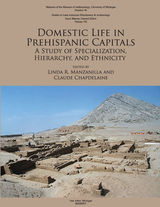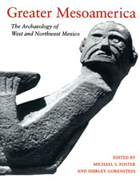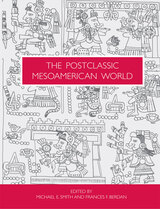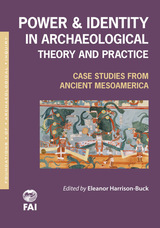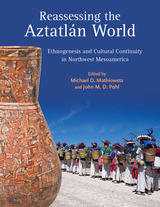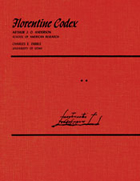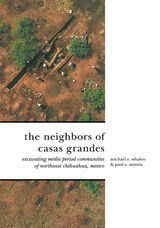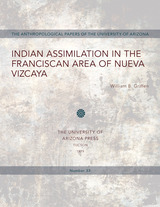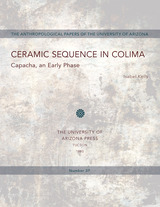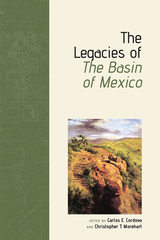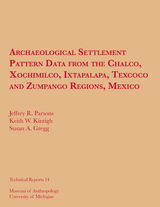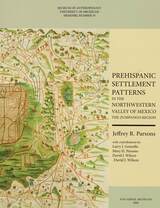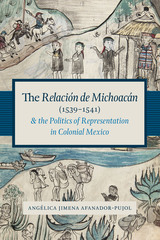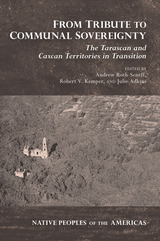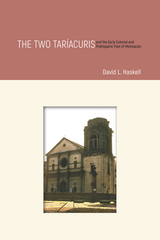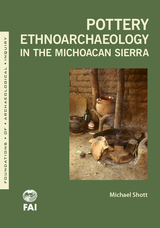Signs of the Casas Grandes Shamans
University of Utah Press, 2007
Cloth: 978-0-87480-874-2
Library of Congress Classification F1219.1.C3V36 2007
Dewey Decimal Classification 972.16
Cloth: 978-0-87480-874-2
Library of Congress Classification F1219.1.C3V36 2007
Dewey Decimal Classification 972.16
ABOUT THIS BOOK | AUTHOR BIOGRAPHY | REVIEWS | TOC
ABOUT THIS BOOK
Casas Grandes, or Paquimé, in northern Chihuahua, Mexico, was home to a religious system that swept across northern Mexico and what is now the southern United States between AD 1200 and 1450. To commemorate this religion the people of Casas Grandes created striking polychrome pots with black and red geometric and naturalistic designs on a cream base. Their pottery provides a window to Casas Grandes cosmology.
Looking through this window, authors Christine and Todd VanPool find a world centered on shamans who took spiritual journeys to consort with supernatural creatures. The shamans called upon horned serpents to bring rain, the lifeblood for farmers living in the Chihuahuan desert; dealt with snakes that held powers more potent than their bites; and raised, sacrificed, and buried macaws as ritual offerings to ensure water and fertility.
These findings challenge long-held beliefs about Southwestern religion and force a reconsideration of the importance of shamanism in the development of social differentiation in societies around the world.
Looking through this window, authors Christine and Todd VanPool find a world centered on shamans who took spiritual journeys to consort with supernatural creatures. The shamans called upon horned serpents to bring rain, the lifeblood for farmers living in the Chihuahuan desert; dealt with snakes that held powers more potent than their bites; and raised, sacrificed, and buried macaws as ritual offerings to ensure water and fertility.
These findings challenge long-held beliefs about Southwestern religion and force a reconsideration of the importance of shamanism in the development of social differentiation in societies around the world.
See other books on: Casas Grandes Site (Mexico) | Chihuahua (Mexico : State) | Chihuahua (State) | Indians of Mexico | Signs
See other titles from University of Utah Press


